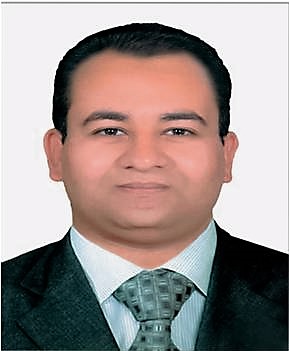Background: One of the foodborne pathogens is Listeria monocytogenes, which causes serious invasive illness in elderly and immunocompromised patients, pregnant women, newborns and infants ranking second after salmonellosis because of its high case fatality rate. Listerial cow mastitis marked by abnormal milk, increased cell counts and reduced production has not been reported. Therefore, apparently healthy cows can be reservoirs of L. monocytogenes. A number of 203 udder milk samples from apparently healthy animals (buffalo, n = 100; cow, n = 103) were collected and tested for Listeria. Isolated colonies on the PALCAM agar were Listeria species confirmed according to their biochemical and the Christie–Atkins–Munch-Petersen (CAMP) reactions. The Listeria species pathogenicity of was tested by phosphatidylinositol-specific phospholipase C, DL-alanine-β-naphthylamide HCl, Dalanine-p-nitroanilide tests, chick embryo, mice inoculation tests, Vero cell cytotoxicity and biofilm formation. The virulence-associated genes, hlyA, plcB, actA and iap associated with Listeria were molecularly assayed. Results: The 17 isolated Listeria spp. represented a prevalence rate of 8.4 %. Of these 3 (1.4 %), 2 (1 %), 5 (2.5 %), 4 (2 %) and 3 (1.5 %) were confirmed as L. monocytogenes, L. innocua, L. welshimeri, L. seelegeri, respectively. While the L. monocytogenes isolate displayed all the four virulence-associated genes, L. seelegeri carried the hlyA gene only. The L. monocytogenes had a strong in vitro affinity to form a biofilm, in particular serotype 4 which is associated with human infections. L. monocytogenes showed resistance for 9/27 antibiotics. Conclusions: The biofilm forming capability of the Listeria spps. makes them particularly successful in colonizing surfaces within the host thus being responsible for persistence infections and due to their antimicrobial resistant phenotype that this structure confers. In addition, strains belonging to serotypes associated with human infections and characterized by pathogenic potential (serotype 4) are capable to persist within the processing plants forming biofilm and thus being a medical hazard.


.jpg)